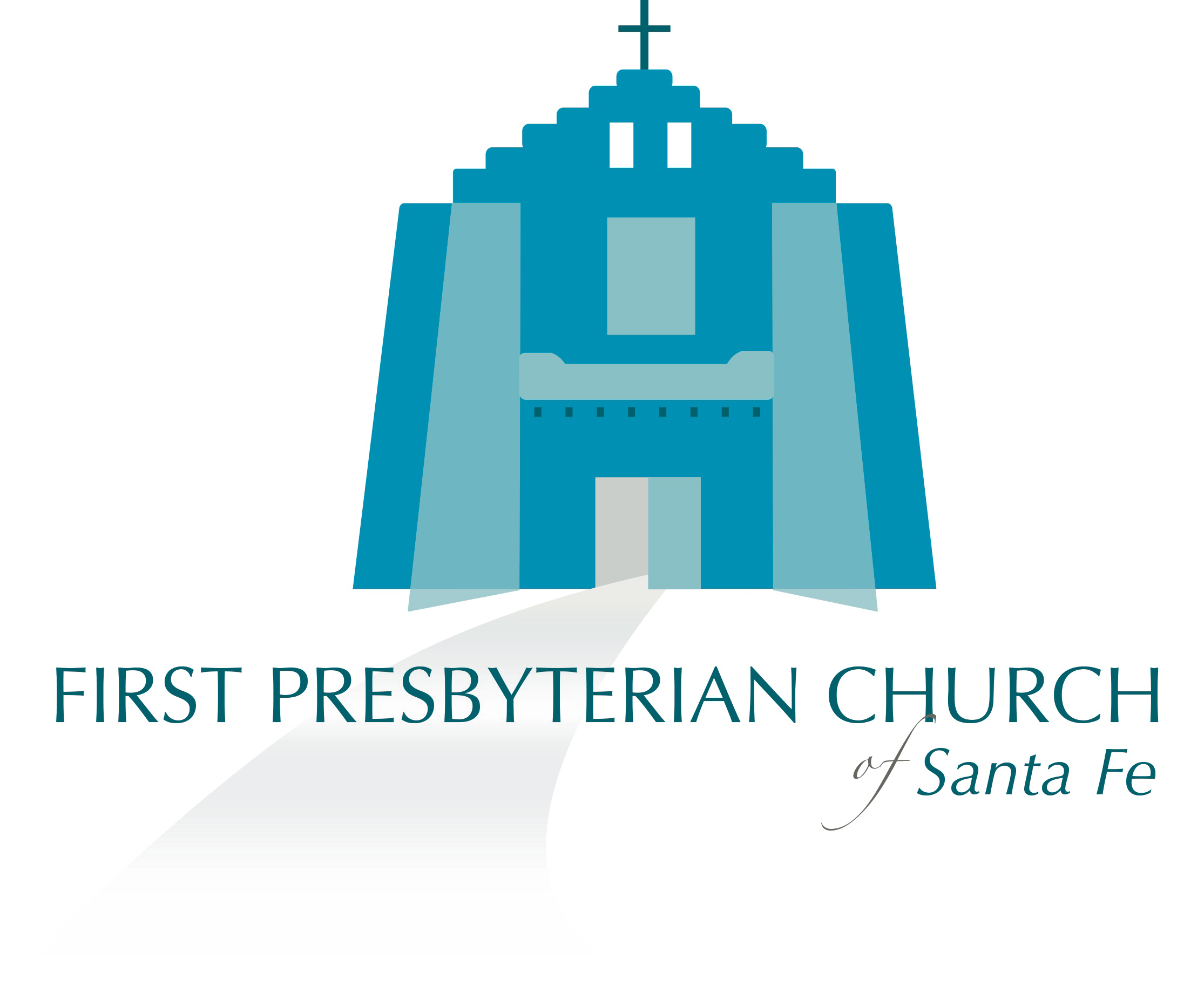Friday, November 10 — 5:30 pm
Meditative Works for Organ and Solo Instruments
Featuring:
Linda Marianiello, flute
Deborah Wagner, piano
Jerry Nelson, organ
Program Notes
The genesis of the idea for this concert came from an American Guild of Organists program planning meeting. One might describe the organ as “the king of solo instruments” as over its historical and technological development it has inspired the creation of many instrument colors to its palate. However, this recital explores the repertory for the combination of a solo instrument with organ. The works chosen are meditative in nature and will hopefully provide a lovely way to end the work week with some beautiful music.
In studying the repertory there were as many choices as there are possible solo instruments – ranging from the string family, brass, woodwinds, and even works for percussion such as the marimba. Today’s works feature two favorite instruments: the flute and the piano. In particular, the great solo organ composers were searched to see about their output of works for solo instruments and organ. There are examples here of composers who wrote great works for solo organ, but these chamber works are likely overlooked.
Some of the works were inspired by the arrangers to broaden the repertory for these combinations, as is the case for the opening two works on the recital, with composers both of whom are very fond of the flute. Charles Callahan, in particular, has written a half dozen works for the combination and has arranged many more that allow for the combination. Following the thread of works by French organist/composers, Jehan Alain was also fond of the flute and his “Aria” is an arrangement of his own organ piece of the same name. The remaining works feature an interesting duo combination of piano and harmonium or pump organ, works adapted here for the organ that are rarely heard because of the decline in the use of the harmonium.
The first free-reed instrument is credited to Christian Gottlieb Kratzenstein (1723-1795). It went through several modifications until Alexandre Debain (1809-1877) patented his version and gave it the name “harmonium” in 1840. These instruments became popular for smaller chapels and even for home use, particularly for organists as a practice instrument. The home was also the likely location for having this combination of both a piano and harmonium available.
A big fan of the instrument was German composer Sigfrid Karg-Elert. Karg-Elert began principally composing for the piano, but in 1904 he met Berlin publisher Carl Simon, who introduced him to the harmonium. He went on to compose a significant number of works for the instrument, later arranging some further for the organ as well as composing his later well-known organ works. Camille Saint-Saëns wrote several works for the instrument over his career and acknowledged his Trois Morceaux for harmonium (1852) as his first mature work with an opus number. Besides the selections featured, a number of other noted organ composers wrote for the combination including César Frank (1822-1890) and Alexandre Guilmant (1837-1911).
Artist Biographies
Flutist Linda Marianiello has lived in New Mexico since 2009. She enjoys a more than forty year career as soloist, chamber musician and orchestral flutist, and records for Helicon, MSR Classics, and the Bavarian Radio. Festival appearances include Bayreuth, The Deia International Festival, Salzburg, Marciana Marina, AIMS, and Aspen. As a recitalist, she has toured all of Western Europe and much of the U.S. She has taught at Brooklyn College, Colorado State University, and presented numerous masterclasses throughout the United States, Europe and in Guangzhou, China. Linda Marianiello lived in Germany for nearly a decade, where she played principal and assistant principal flute for the Bavarian State Opera and Munich Radio Orchestras. Prior to that, she was assistant principal flutist of the New Haven Symphony Orchestra. She is currently Executive Director of the New Mexico Performing Arts Society, and Artistic Director of Santa Fe Flute Immersion. Linda Marianiello holds a B.A. with Honors from Yale University and a M.A. from City University of New York – Brooklyn College. Linda Marianiello is a Verne Q. Powell and Buffet Crampon Artist. Her teachers are Bernard Goldberg, Thomas Nyfenger, Walfrid Kujala, Peter Thalheimer, and Andras Adorjan.
Pianist Deborah Wagner is a native of Las Vegas, Nevada, and completed her Doctorate of Musical Arts at Arizona State University. She has earned degrees from the University of Nevada, Las Vegas and Northwestern University. She has performed with Santa Fe New Music, the Santa Fe Symphony, the Santa Fe Desert Chorale, the Sangre de Cristo Chorale, and Santa Fe Repertory Company. In addition to teaching and playing, Deborah regularly works with singers and instrumentalists in the Santa Fe area and toured soloists and choirs throughout the county.
Organist Jerry Nelson began his studies on the organ at age twelve, encouraged by his long-time piano teacher, who was also organist at the Methodist Church in his hometown of Edgerton, Wisconsin. This led to playing for the local Catholic Church that continued through high school. Jerry continued his musical studies and completed an undergraduate degree at the University of Wisconsin-Madison and a Master of Arts degree from the University of Arizona. Having served churches in both his native state of Wisconsin and in Arizona, Jerry moved to Santa Fe in 1983 and has continued organ playing among many other musical pursuits. Currently he is organist/choirmaster at St. Bede’s Episcopal Church. Jerry’s love of music is not limited to church music and he has performed with many other local organizations as soloist, chorister, conductor, and accompanist.
This program is co-sponsored by the Albuquerque Chapter of the American Guild of Organists.
